“Universities and research institutes have long had a low rate of converting patents into commercial applications. The reason is that they tend to publish a series of low-quality research papers that are difficult to meet industrial needs, and they do not have an effective channel to turn research from the lab into market-serving applications,” the Economic Daily article quoted .
The call comes as Beijing grapples with turning its high-tech sector into a new driver of revenue growth as the world's second-largest economy faces a slowdown and a tense tech war with Washington.

“Patents will determine the competitiveness of businesses, localities and even a country. Therefore, we need to bring scientific achievements to the market as much as possible,” the article said.
Previously, China issued guidelines for comprehensive inventory of patents in research institutions and universities, requiring the cumulative number of patents to be reported at the end of the year so that technology companies and high-tech manufacturing groups can evaluate and communicate their needs through a data platform.
In order to encourage the development of a patent research mechanism that meets industrial needs, Beijing said it would stop funding intellectual property applications, sharply reducing and gradually eliminating incentives. Instead, the funds will be used to reward individuals and groups that can produce patents that meet market needs and generate profits.
“Adjusting incentives related to patent commercialization can help reduce the gap from research labs to the market. But Beijing also needs to implement broader reforms for universities, such as re-evaluating the publication quotas for professors,” said Peng Peng, executive chairman of the Guangdong Reform Association.
“In China, there has long been a mismatch between the priorities of academics and companies regarding patents, with researchers prioritizing publishing papers to secure higher incomes and positions, while companies prioritize using industrial patents to maximize profits,” Peng said. “This means that China has the largest number of patent applications in the world, but very few are able to be applied to the market.”
Beijing needs to address the challenges of patent transfer, especially as it aims to move up the high-tech value chain and mitigate risks from Washington's technology "decoupling" strategy, Peng said.
According to the 2022 China Patent Survey Report released by the National Intellectual Property Administration of China, the industrialization rate of inventions in China is 36.7%, of which 3.9% are from universities and 13.3% from research institutes.
Although there is no corresponding statistical survey in the United States, based on comprehensive data provided by several universities, Shen Jian, secretary general of science and technology at Renmin University of China, estimated that the transformation rate of China's scientific and technological inventions in 2020 was about 50%.
(According to SCMP)
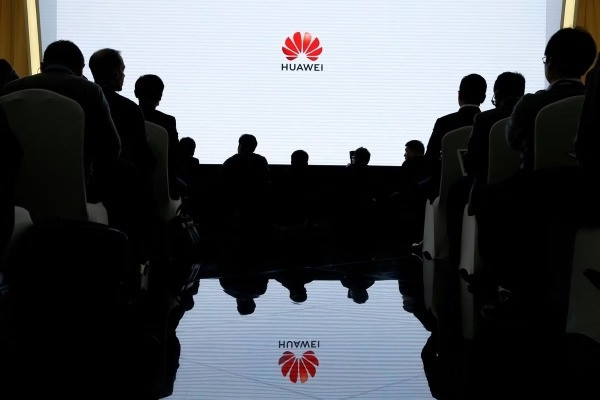
Source




![[Photo] Prime Minister Pham Minh Chinh and Prime Minister of the Kingdom of Thailand Paetongtarn Shinawatra attend the Vietnam-Thailand Business Forum 2025](https://vphoto.vietnam.vn/thumb/1200x675/vietnam/resource/IMAGE/2025/5/16/1cdfce54d25c48a68ae6fb9204f2171a)


![[Photo] President Luong Cuong receives Prime Minister of the Kingdom of Thailand Paetongtarn Shinawatra](https://vphoto.vietnam.vn/thumb/1200x675/vietnam/resource/IMAGE/2025/5/16/52c73b27198a4e12bd6a903d1c218846)
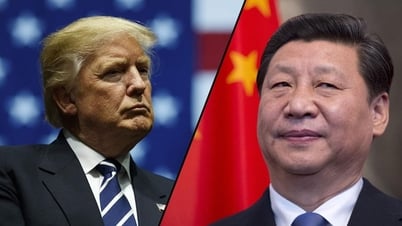
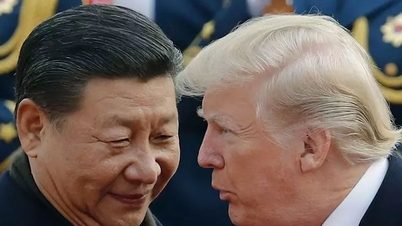
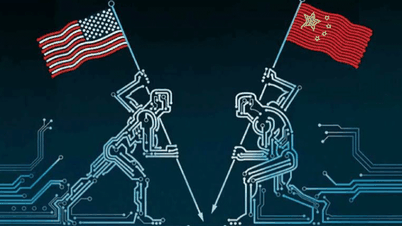
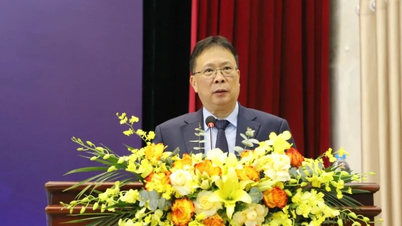

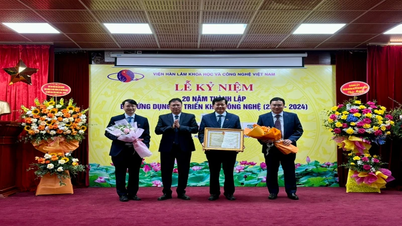

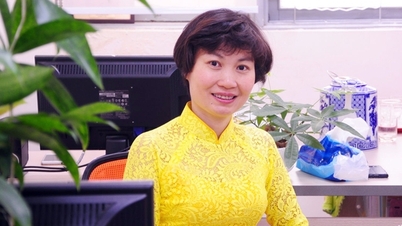




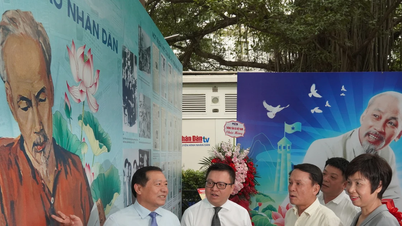

![[Photo] Admire the photo exhibition "Bright Name of the Person" and launch of the special issue of Nhan Dan Weekend newspaper](https://vphoto.vietnam.vn/thumb/402x226/vietnam/resource/IMAGE/2025/5/16/250f4295025c46d99d28d90692289e98)

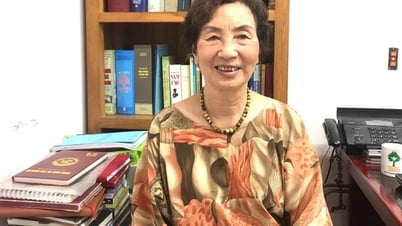












![[Photo] The Prime Ministers of Vietnam and Thailand witnessed the signing ceremony of cooperation and exchange of documents.](https://vphoto.vietnam.vn/thumb/1200x675/vietnam/resource/IMAGE/2025/5/16/935407e225f640f9ac97b85d3359c1a5)



































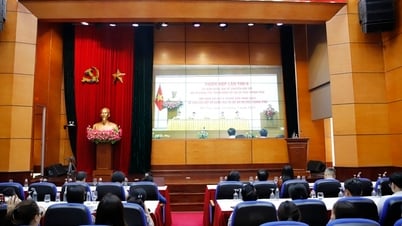
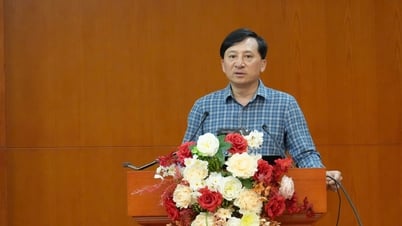

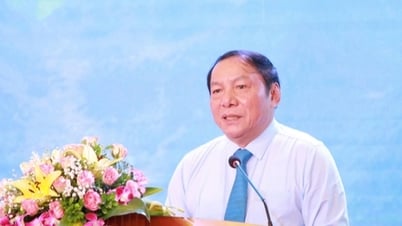

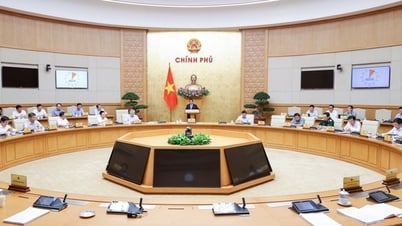








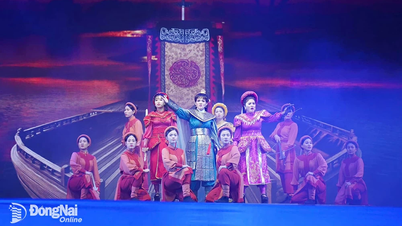











Comment (0)